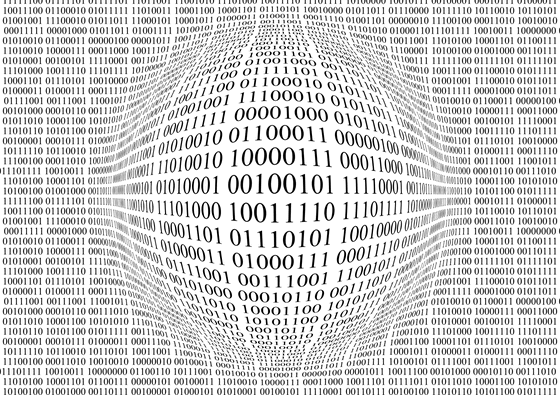先日から「Dunbar’s number: Why we can only maintain 150 relationships -「ダンバー数:人脈の限界は150人?」を読んでいます。

・「ダンバー数:人脈の限界は150人?」(1)
・「ダンバー数:人脈の限界は150人?」(2)
・「ダンバー数:人脈の限界は150人?」(3)
Debating Dunbar
ダンバーとの議論Not everyone subscribes to the social brain hypothesis.
誰もがこの社会脳仮説を支持しているわけではない。
Some are sceptical about the possibility of deriving a magic number for social interaction at all.
社会的相互作用のマジックナンバーを導き出す可能性については、懐疑的な意見もある。
Still, it can be a useful exercise for thinking through communities and evolution.
それでも、コミュニティと進化について考える上で有益に使えるだろう。
“Although there are many factors that can limit the number of relationships that we create and maintain, these studies help us to better understand… and measure such variables’ influence,”
「人間関係の構築やその維持数を制限する要因はたくさんありますが、こうした研究は、それらの変数の影響力をよりよく理解し、測定するのに役立ちます」
says Cristina Acedo Carmona, an anthropologist and economist at the University of León in Spain.
と話すのは、スペイン・レオン大学の人類学者で経済学者のクリスティーナ・アセド・カルモナ氏。
Among those who agree that a Dunbar-ian number can be found, some contest whether it’s 150.
ダンバーの言うような数字があるとする意見に同意する人の中には、それが150なのかどうかを争う人もいる。
Research on varied social groups in the US suggests that their social networks cluster around 290 in size.
アメリカでの様々な社会集団に関する調査によると、彼らの社会的ネットワークは290前後の集まりだ。
And these numbers may be significantly skewed by outliers.
そして、これらの数字ははずれ値によって大きく歪められている可能性がある。
skew「斜めの、ゆがんだ、曲がった」。
outlier「はずれ値」。
One argument is that the number of social connections isn’t normally distributed (or shaped like a bell curve),
社会的つながりの数が正規分布(またはベルカーブのような形)ではないため、
so a few people with massive numbers of contacts may be throwing off the average.
膨大な数の繋がりを持つ少数の人々が平均値を狂わせているかもしれない、との議論もある。
個人的にアメリカの人たちは何となく、ヨーロッパやアジアの人より社交的なイメージはありますが、ここでいう「繋がり」がどの程度の関係性を指しているのかによって、答えは変わってきますよね。
正確な測定はなかなか難しそうなジャンルだなと思います。
理由は単純明快!「少ないコストでしっかり楽しく学べるから」。
私自身の経験(高機能でビックリ)をびっしり書いていますので、良かったら読んでみてください。
下のバナーからどうぞ!






